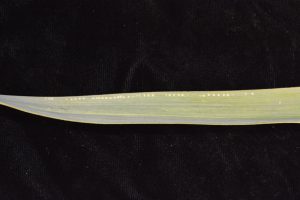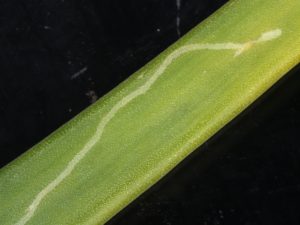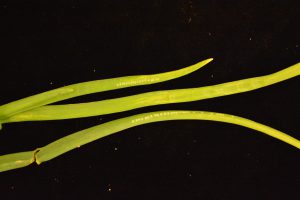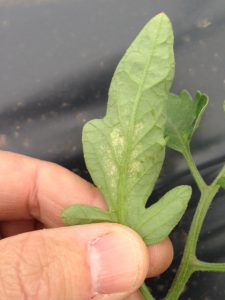Rutgers Cooperative Extension of Cape May County is hosting “The Pollinator Victory Garden: Winning the War on Pollinator Decline” on Wednesday, June 8 from 5:30 to p.m., rain or shine, at Rutgers Cooperative Extension, 355 Court House – South Dennis Road, Cape May Court House, New Jersey.
Participants will learn how to attract an array of pollinators, what plants they eat, how to provide them with shelter, and how to help win the war on pollinator decline. Also, each recipient will receive starter plants for their victory garden. Kim Eierman, Environmental Horticulturist and founder of EcoBeneficial will be presenting. Eierman specializes in ecological landscapes and native plants. She teaches at the New York Botanical Garden, Brooklyn Botanic Garden, The Native Plant Center in NY, Rutgers Home Gardeners School and others. In addition to being a Certified Horticulturist through the American Society for Horticultural Science, Eierman is a Master Gardener, a Master Naturalist, an Accredited Organic Landcare Professional, a Steering Committee member of The Native Plant Center and a member of the Garden Writers Association.
This is a beginner class, therefore, no experience is needed. The cost for this workshop is $25 and includes dinner and all materials. Registration is due by June 1, 2016. To register or for more information, please call 609-465-5115, ext. 607 or email dana.tyndall@co.cape-may.nj.us
See official flyer here.





